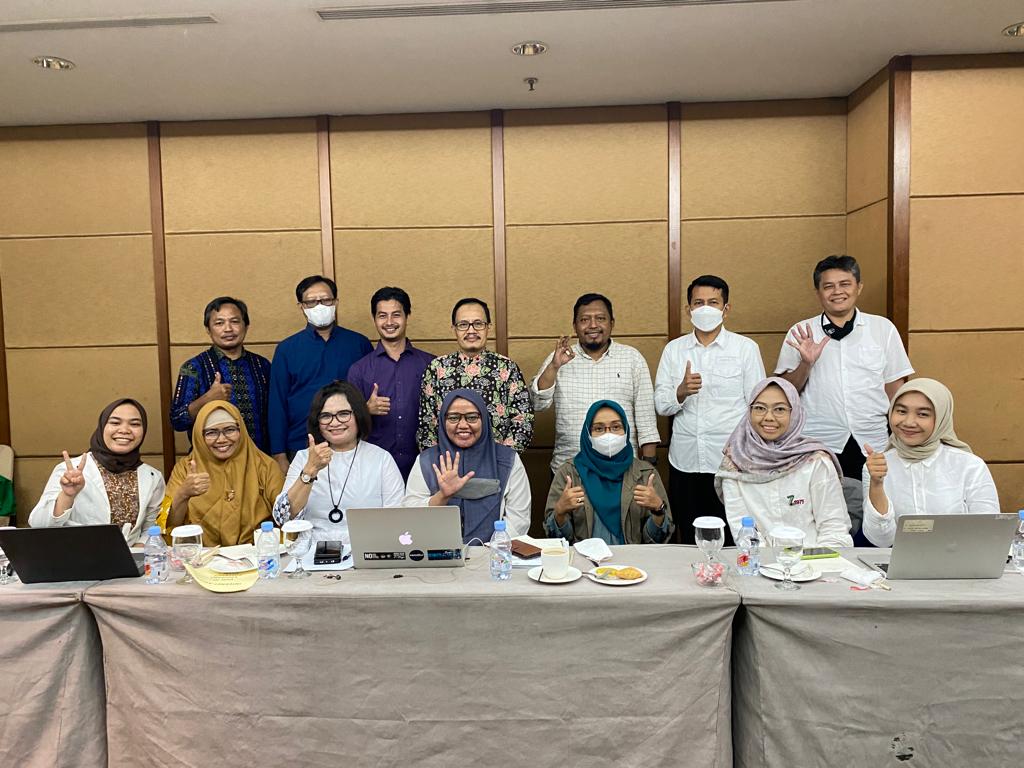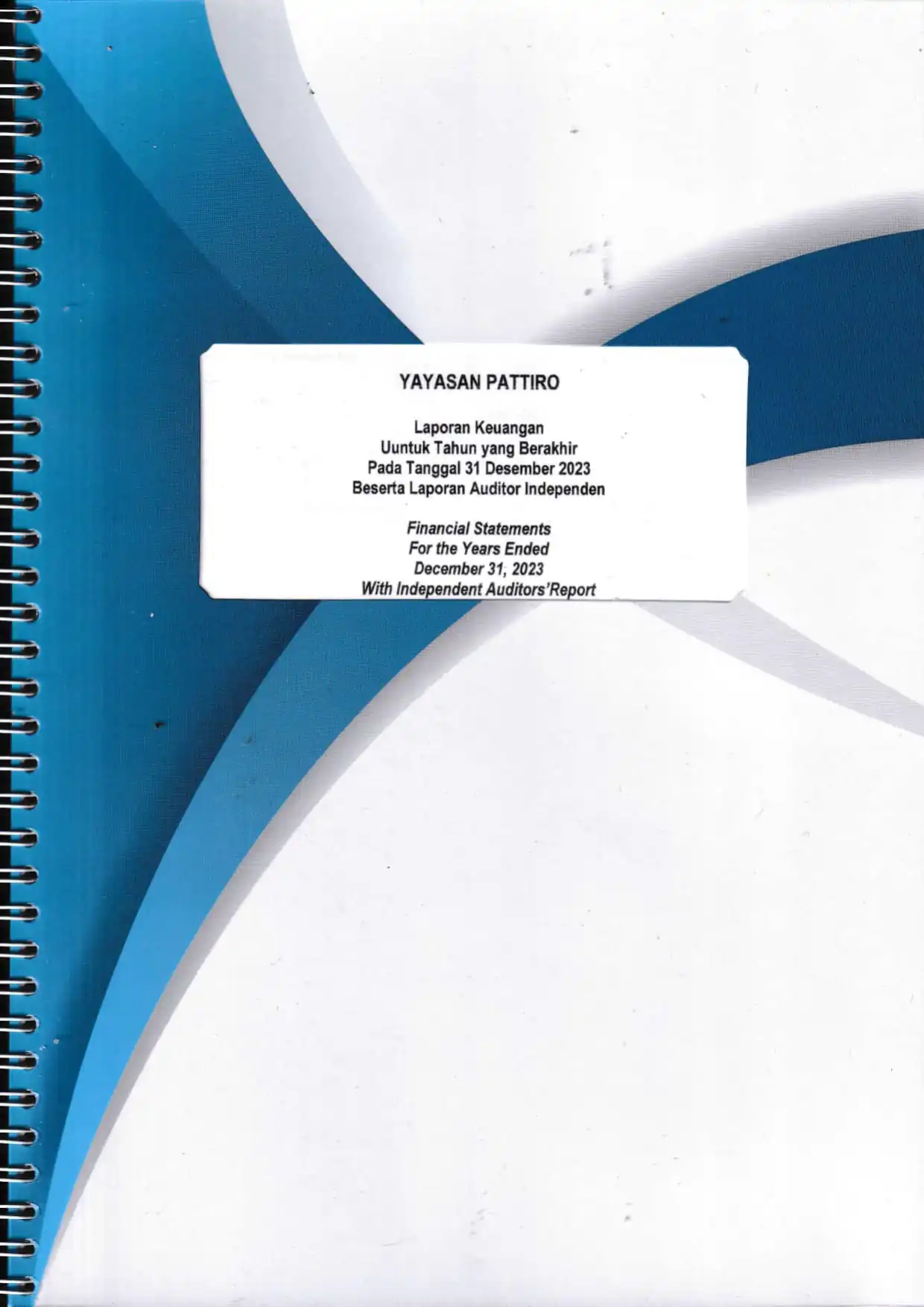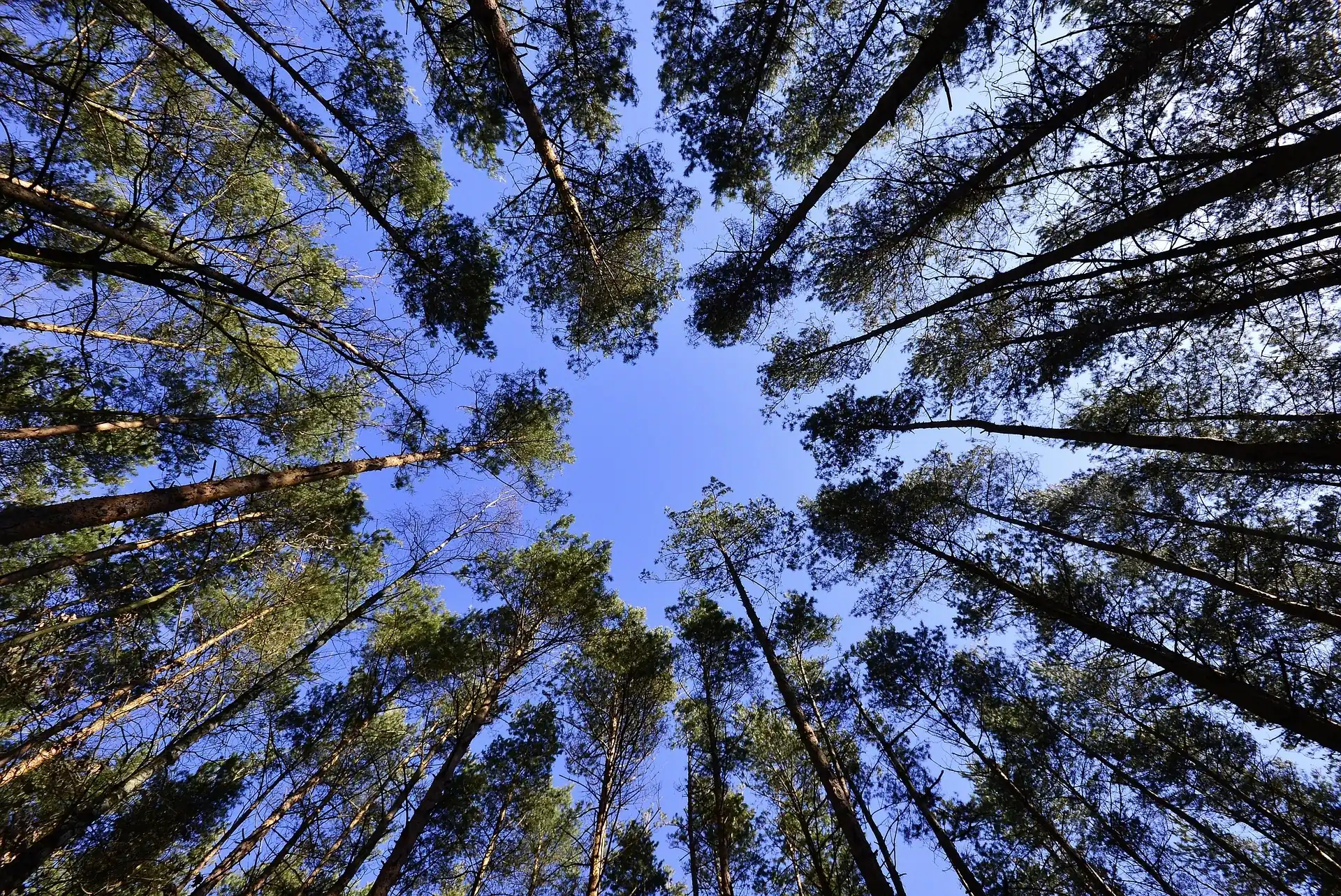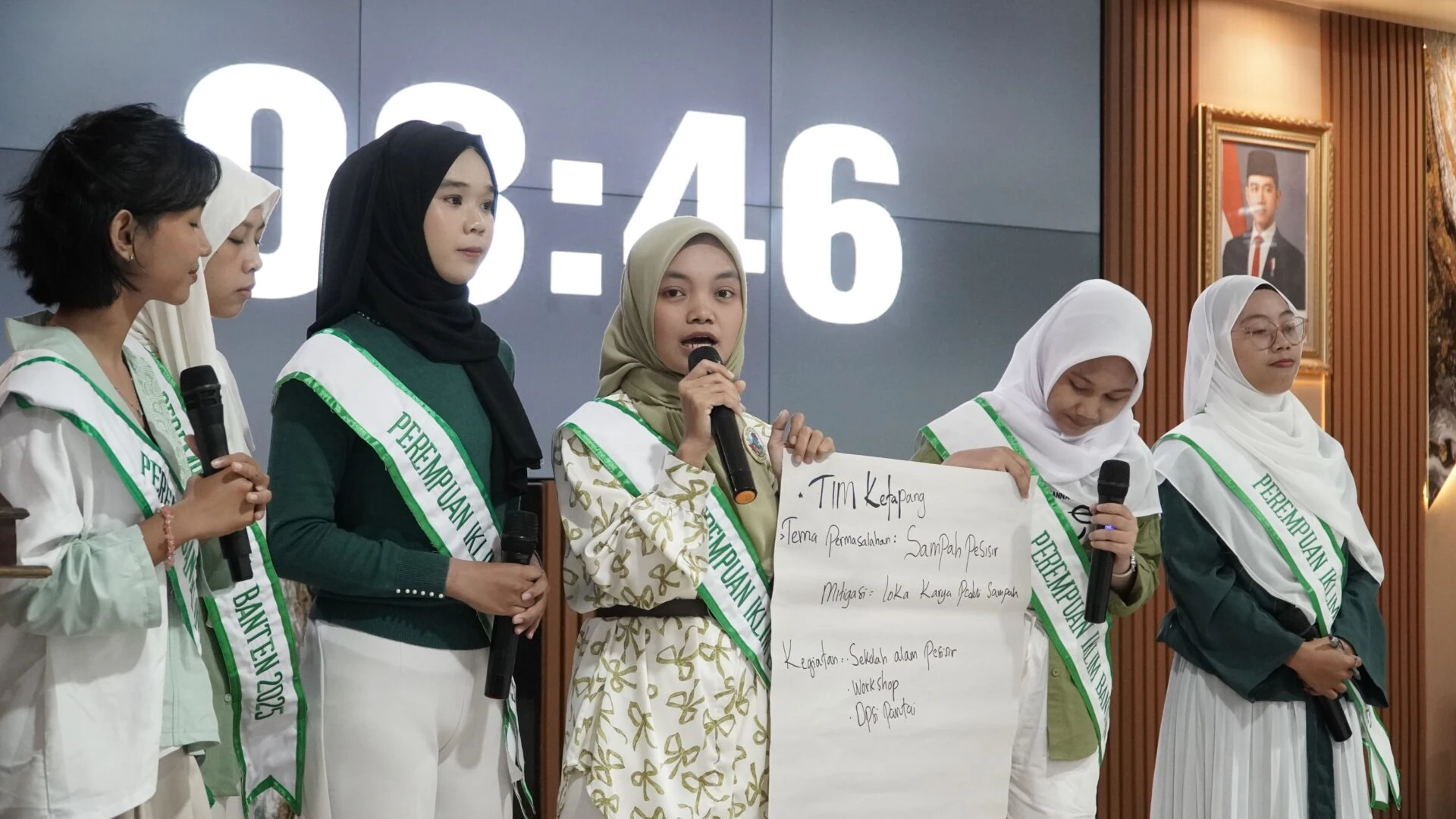
Forest and Land Rehabilitation (RHL) will not be successful if there is no sustainability in it. The Social Forestry Scheme also supports the sustainability of RHL. Bambang Supriyanto as the Director General of Social Forestry and Environmental Partnerships at the Ministry of Environment and Forestry said that the RHL scheme can increase community participation and community livelihoods in the context of forest sustainability management, apart from increasing carbon stocks in forests.
By the end of last November, the realization of social forestry had reached around 5.2 million ha. Of this area, there are 875 thousand ha which conditions cover less than 10 percent. “Therefore, in the Social Forestry approach with land cover below 875,000 ha, an RHL pattern with an agroforestry scheme is needed,” said Bambang in his response session at the Focus Group Discussion (FGD) entitled Effectiveness of Implementing Forest and Land Rehabilitation in Reducing Emissions Greenhouse Gases and Improving Livelihoods for the Community organized by PATTIRO on Wednesday, 30 November 2022 at Hotel Santika Jakarta.
The agroforestry scheme is an optimal and sustainable land use management pattern. This scheme is carried out by combining forestry and agricultural activities in social, economic and cultural processing units of the community. For example, combining planting of wood and food crops on the land, developing fish ponds between mangrove trees, and developing grass plants for animal feed between trees. In implementing RHL with the Social Forestry approach, planting with an agroforestry scheme is carried out by capturing community aspirations regarding the suitability of the land and the plants to be planted. This follows the pattern of cultivation that is usually done by the community.
PATTIRO’s Program Manager, Ramlan Nugraha, in his presentation regarding the initial findings on PATTIRO’s research stated that the agroforestry scheme is a local government strategy in encouraging the implementation of sustainable RHL. However, the local government has not been able to capture the reduction in greenhouse gas emissions from the results of implementing the RHL with the agroforestry scheme, especially in the realm of Social Forestry. This is due to limited human resources, tools, and the area of Social Forestry itself. “Even though this is quite important where the RHL results can also be captured from the reduction of greenhouse gas emissions,” said Ramlan.
In its implementation, the benefits of RHL can only be felt by the community after the trees planted become large. However, people in the Social Forestry area cannot cut down these trees to enjoy the results, said Prof. Didik Suharjito who is also a Teaching Staff at the Bogor Agricultural Institute (IPB). According to him, this is because the seeds planted by the community come from government funds such as the State Revenue and Expenditure Budget (APBN) and the Regional Revenue and Expenditure Budget (APBD), so there is an audit process in advance so that people have to wait a few years. “There needs to be an initiative from the government, such as the logging delay program that was previously initiated by the Ministry of Environment and Forestry (KLHK),” he said.
From the government’s perspective, community involvement in RHL is also a matter of great concern. According to Mery Simanjuntak from the Directorate of Forest Rehabilitation, Directorate General of Watershed Control and Forest Rehabilitation (PDASRH), the current RHL policy being pushed by the Ministry of Environment and Forestry is prioritizing community self-management and minimizing contractual schemes. Areas that have been touched by Social Forestry have good institutions so that the government can implement RHL in the area. “If the community is not involved intensely, the success of the program we plan will be constrained,” he said. The same thing was conveyed by Mulat Nugraha, Forest Ecosystem Control Functional (PEH) of the Ministry of Environment and Forestry, according to whom the implementation of RHL in the Social Forestry area is organized by the Social Forestry Business Group (KUPH), while the government only plays a role as a program booster.
When the implementation of RHL was still contractual, the sustainability of RHL did not have guarantees because after the contract was completed there were no sanctions against the contractor if the plants that had been planted died. “So the plant dies or lives after the contract is completed is not the contractor’s business anymore. Therefore, this management issue is important to discuss,” said Dr. Nur Hygiawati, Director of Natural Resources Conservation (KSDA) of the Ministry of National Development Planning (PPN)/Bappenas.
Another guest speaker, M. Shofwan Setiawan who represents the Planning Bureau of the Ministry of Environment and Forestry, explained the success of RHL in supporting community welfare through ecotourism. The RHL program is a role model in efforts to restore the environment and land and restore coastal ecosystems by overseeing the rehabilitation of coral reefs in the sea. Apart from that, RHL also conveys the meaning of forest and land rehabilitation which helps to solve the problem of energy, food and medicine.




